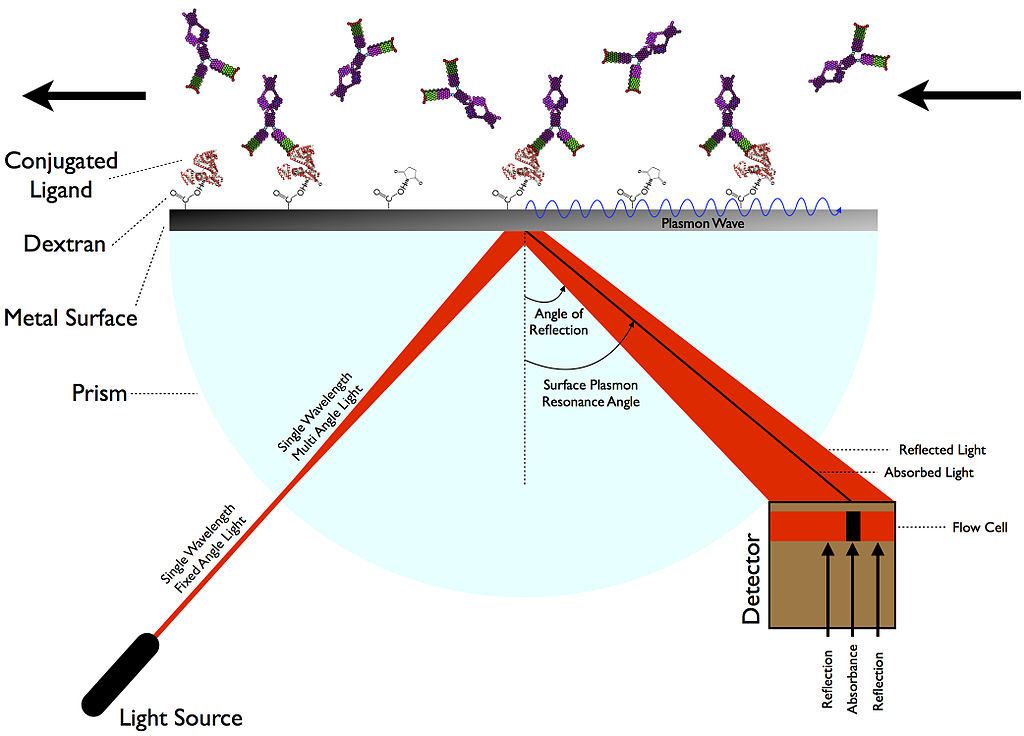
Recently, the term ‘demon particle’ has been making waves in the world of science news, and for good reason. Researchers have stumbled upon a discovery that has the potential to redefine our understanding of material behavior and pave the way for the next generation of computers.
To comprehend the significance of this breakthrough, let’s begin by unraveling the concept of superconductors. Electricity flows through conductors like copper wires due to the movement of charges, or electrons. However, this movement encounters resistance, leading to energy loss in the form of heat. Superconductors, on the other hand, exhibit no electrical resistance, enabling perpetual electricity flow without energy loss. This property has tremendous implications for efficient energy transmission and storage.
While some materials can become superconductors, achieving this state requires extremely low temperatures, making practical applications challenging. Nevertheless, the phenomenon has found use in technologies like MRI scanners.
This brings us to the enigmatic ‘Demon Particle.’ The term ‘demon’ refers to ‘distinct electron motion’ and is not related to any fiery underworld. Similar to the Higgs Boson ‘God Particle,’ the demon is a product of quantum behavior.
The Demon Particle, theorized by David Pines in 1956, is essentially a plasmon—a quasiparticle that could guide electrons in extraordinary ways, facilitating effortless material flow. This would enable electricity to move indefinitely without resistance. However, detecting this elusive particle is challenging because it only emerges when electrons align in specific energy bands, negating each other’s charges and mass.
To detect the undetectable, researchers bombarded materials with electrons. In an unexpected turn, the study of Strontium ruthenate, a metal with superconductor-like properties, led to the discovery of the demon plasmon. This massless plasmon displayed characteristics described by Pines.
Initially dismissed, the peculiar plasmon emerged as a 67-year-old mystery solved. The plasmon’s oscillation mirrored Pines’ theoretical demon, providing crucial insight into superconductors.
As we acknowledge the existence of this demon particle, further research holds the promise of unveiling the workings of superconductors and potentially creating room-temperature superconductors. Such a breakthrough could revolutionize energy transmission and generation. With this discovery, we have taken a monumental step toward this transformative possibility.
Q&A:
Q1.What is a demon particle?
A demon particle is a hypothetical particle that is massless, chargeless, and transparent to light. It was first predicted by theoretical physicist David Pines in 1956. Pines theorized that electrons passing through a solid could exhibit unique behaviors and that these behaviors could lead to the formation of a new type of particle that he called a “demon particle.”
Q2. What are superconductors, and how can they impact technology?
Superconductors are materials with zero electrical resistance, enabling electricity flow without energy loss. This property could lead to efficient energy generation and utilization, transforming technologies like computing and medical imaging.
Q3. How does the “demon particle” relate to superconductors?
The “demon particle” concept involves plasmons, which are quasiparticles that influence electron behavior. Understanding these particles could unlock the secrets of superconductors and facilitate the development of technologies with frictionless electricity flow.
Q4. How was the “demon particle” discovered?
The “demon particle” was stumbled upon while researchers were studying Strontium ruthenate, a metal with superconductor-like traits. The unexpected discovery occurred when the metal was bombarded with electrons, revealing a peculiar plasmon resembling the theorized “demon particle.”
Q5. What implications does the “demon particle” discovery hold for the future?
The discovery of the “demon particle” provides a new avenue for studying superconductors and understanding their behavior. This knowledge could eventually lead to the development of room-temperature superconductors, revolutionizing energy generation and technological innovation.
Be the first to comment